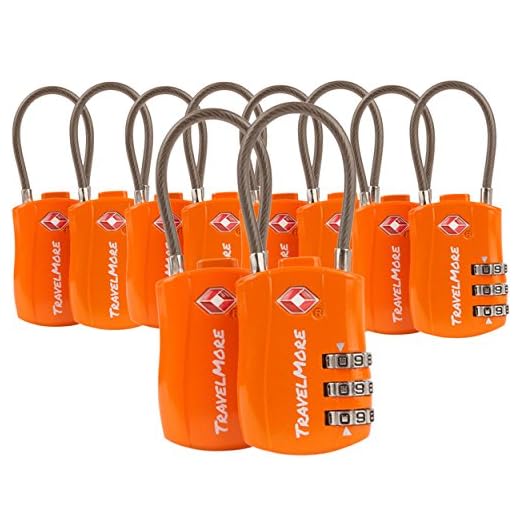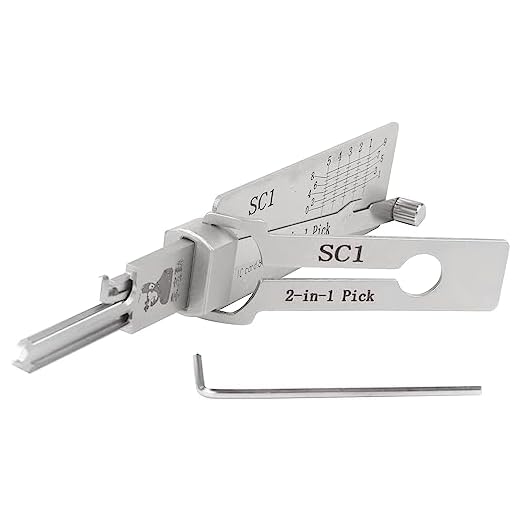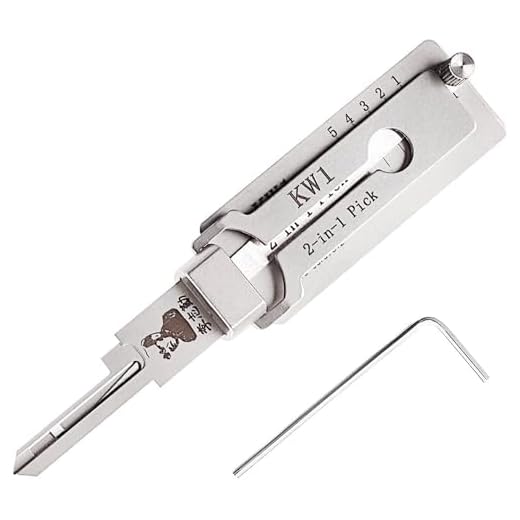



Use a shim or a thin piece of metal to insert along the zipper area. This method functions by manipulating the zipper’s mechanism, allowing you to slide it open without the key. Ensure to apply gentle pressure to avoid damaging the zipper teeth.
If you’re dealing with a combination lock, the first step is to identify the type. Most combination locks require you to dial in the correct sequence. Try rotating the dial slowly and listening for any clicks that might indicate the right position. Memorizing any significant patterns can be helpful.
In cases of keyless closures, assess the lock for any visible screws or pits. Some locks may be prone to simple bypass techniques, such as pushing a small hard object against the latch while applying pressure to the case. Study the lock’s design to determine the best approach for manipulation.
For those unable to gain access through physical means, contacting the manufacturer or local customer service might be necessary. They often have specialized tools and advice for resolving these types of issues. Providing details about your item may expedite assistance.
Accessing Secured Baggage
Utilize a shim to bypass simple lock mechanisms. A thin, flat object can be carefully inserted into the lock to manipulate the internal components, allowing for a release. Ensure to locate the tension point; once found, apply sufficient pressure to disengage the mechanism.
Employing Tools
In scenarios where more than just a basic approach is needed, consider using a portable lock-picking set. Familiarize yourself with how to manipulate pins within traditional locks or wafers in combination locks. Practice with a clear, transparent lock to develop your skills before attempting on your own baggage.
Professional Assistance
If amateur methods have proven ineffective, consulting a locksmith can be a viable option. They possess the required expertise and tools that can tackle more complex locking systems without causing damage to the items inside. Keep documentation of purchase, as some professionals may require verification to assist.
Understanding Different Types of Luggage Locks
Familiarize yourself with various locking mechanisms to enhance your travel security. The primary types include combination locks, key locks, and TSA (Transportation Security Administration) approved locks.
Combination Locks
These locks utilize a numeric code to secure your items. They can be reset to a new combination, making them versatile. Ensure to remember your code or store it in a safe place to avoid potential access issues.
Key Locks
This traditional mechanism requires a physical key, offering straightforward accessibility. Carrying a spare key can mitigate potential problems, as replacements might not always be readily available.
TSA-approved locks are primarily used for baggage, allowing security personnel to inspect contents without damaging the lock. Opt for these if you plan to travel by air.
In addition to security options, consider investing in travel accessories such as a best multicolor folding umbrella for unexpected weather changes during your trip.
Tools You Might Need to Open Your Luggage
Consider using the following items if you find yourself facing a secure piece that needs access:
- Screwdriver: A small flathead or Phillips screwdriver can help you disassemble locks that are held by screws.
- Paperclip: This simple tool can be bent into a tool for manipulating basic lock mechanisms.
- Pliers: Useful for gripping and twisting parts of a lock that may need additional force.
- Scissors: A sturdy pair can cut through zippers or straps if required, though it’s a last resort.
- Lock-picking set: For those who are trained, a basic lock-pick set can be effective for traditional key locks.
Additional Considerations
- Flashlight: To illuminate dark areas during the search for hidden locks or mechanisms.
- Pen or small stick: Can be used to press small buttons or manipulate components of combination locks.
- Rubber band: This can offer grip and leverage on slippery surfaces when using tools.
Always ensure to proceed with caution, especially when using sharp tools or applying significant force, to avoid damage. If none of these options work, consider professional assistance to prevent compromising your belongings.
Step-by-Step Guide to Picking a Simple Lock
Begin by identifying the type of lock involved. Most uncomplicated locks utilize a pin tumbler mechanism, which can be picked with basic tools.
Gather the necessary tools: a tension wrench and a lock pick. A small, flat tool can serve as a tension wrench, while a pick can either be homemade from a paperclip or purchased from a lock-picking kit.
Follow this sequence:
| Step | Description |
|---|---|
| 1 | Insert the tension wrench into the bottom of the lock and apply slight pressure in the direction that the lock would turn. |
| 2 | Insert the pick into the lock above the tension wrench. Feel for the pins. |
| 3 | Push the first pin up gently. If it clicks, it has set correctly. |
| 4 | Continue with each pin, using the tension wrench to maintain pressure. |
| 5 | Once all pins are set, turn the tension wrench, and the lock should disengage. |
Practice on various locks to enhance your skills. For further insights into selecting materials beneficial for various projects, refer to the best canopy material for a patio umbrella.
Cutting Through a Lock Without Damaging Your Bag
Employ a pair of bolt cutters or angle grinders for swift results. Before proceeding, ensure the lock mechanism is accessible. Position the cutters or grinder at an angle to apply force effectively.
For a more delicate approach, consider using a hacksaw. Focus on the shackle, maintaining steady pressure. This method requires patience but minimizes harm to the surrounding material.
Another option includes a rotary tool equipped with a cutting wheel. Precision is key; follow the outline of the lock carefully. This tactic also reduces the risk of damaging the fabric or shell of your carrier.
Regardless of the method, wear safety goggles to protect your eyes from shards or sparks. Work in a well-ventilated area and keep a sturdy surface to stabilize your efforts.
Once you’ve successfully removed the lock, assess the condition of your bag for any damage. If required, consult an expert for repairs to ensure its longevity for future travels. For appliance queries, you might find useful insights by visiting are statesman freezers any good.
When to Seek Professional Help for Locked Luggage
Consult a locksmith or a specialized service if standard techniques fail to yield results after multiple attempts. Professionals possess expertise in dealing with a variety of securing mechanisms that can save time and avoid damage.
If the contents hold significant value, whether monetary or sentimental, avoid using aggressive methods that might compromise the bag’s integrity. Expertise can prevent irreversible harm.
Consider contacting customer support from the manufacturer. Many brands offer assistance or advice on potential solutions tailored to their designs.
If accompanied by delicate items, such as electronics or breakable goods, seeking a professional ensures their safety during retrieval efforts.
In cases of urgency, such as needing essential items before a flight, professionals can provide quicker resolutions due to their specialized tools and skills.







